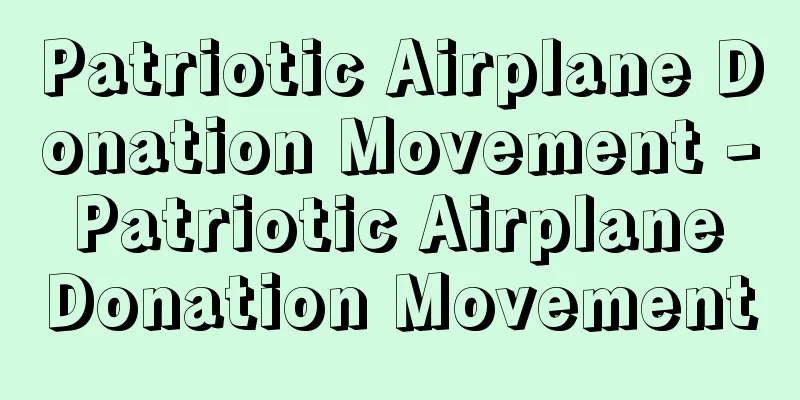Safety fuse

|
It is a string-shaped pyrotechnic device that uses black powder as a core charge (a substance placed in the center of a fuse or detonation cord that propagates combustion or detonation) and is covered with hemp thread, cotton thread, paper tape, etc., and when ignited from one end, combustion propagates at a constant speed. It is used for igniting industrial detonators and fireworks. The fuse currently in use is called the Bickford fuse (invented in 1831) after the British inventor William Bickford (1774-1834), or the safety fuse because of its performance. Fuses have been used as an important accessory in blasting, in combination with dynamite, invented by the Swedish scientist Nobel, and industrial detonators. In Japan, since the sale of anti-static detonators began in 1965, industrial detonators have become less popular and have been replaced by electric detonators, so fuses are no longer used much in blasting, but they are still used in fireworks. There are three types of blasting fuses: Type 1 for coal mines, Type 2 for general mining and manufacturing, and Type 3 for open-air use in civil engineering and other applications; however, only Type 2 fuses are currently in use. The important performance features of a fuse are that it burns in an accurate time and does not go out. If it burns too quickly, there is a risk that it will take too long to escape before the explosion occurs, and if it goes out, some of the explosives in the charge will remain unexploded, which could lead to an accident. The current fuse burning time is regulated to be within the range of 100 to 140 seconds per meter for five samples taken from one box, with the variation being within plus or minus 7% of the average. [Tadao Yoshida and Shingo Date] [Reference] |Source: Shogakukan Encyclopedia Nipponica About Encyclopedia Nipponica Information | Legend |
|
黒色火薬を心薬(導火線または導爆線の中央に配置され、燃焼または爆轟(ばくごう)を伝播(でんぱ)する物質)として、麻糸、綿糸、紙テープなどにより被覆した紐(ひも)状の火工品で、端から点火すると一定の速さで燃焼が伝わる。工業雷管の点火や花火の点火などに用いられる。現在用いられている導火線は、イギリスの発明家ビックフォードWilliam Bickford(1774―1834)の名にちなんでビックフォード導火線(1831年に発明)、またはその性能から安全導火線ともよばれる。 導火線はスウェーデンのノーベルの発明したダイナマイトと工業雷管とが併用されて発破(はっぱ)の重要な付属品として使われてきた。日本では、1965年(昭和40)に耐静電気雷管の市販が開始されて以来、工業雷管があまり使われなくなり、電気雷管に移行したので、発破では導火線はあまり使われなくなってきたものの、打上げ花火では現在も使用されている。 発破用導火線には炭鉱用の第1種、一般鉱工業用の第2種、および土木その他の露天用の第3種導火線の3種があるが、現在使われているのは第2種導火線のみである。 導火線の性能としては正確な燃焼秒時と立ち消えのないことが重視される。速く燃えると点火してから爆発がおこるまでに逃げ遅れるおそれがあり、立ち消えがおこると装填(そうてん)爆薬の部分的な不発残留がおこり事故のもととなるからである。現在の導火線の燃焼秒時は、1箱からとった五つの試料について1メートル当り100~140秒の範囲内にすべて入り、しかもばらつきはその平均値のプラスマイナス7%以内に入るように規定されている。 [吉田忠雄・伊達新吾] [参照項目] |出典 小学館 日本大百科全書(ニッポニカ)日本大百科全書(ニッポニカ)について 情報 | 凡例 |
Recommend
Winter mushroom
…A mushroom of the Tricholomataceae family (illus...
Octopus (tako/tako) - Octopus (English spelling)
A general term for mollusks belonging to the order...
obtundation
…A term used to describe the degree of consciousn...
pia mater (English spelling)
…In the brain, these two membranes are mostly fus...
Joyo [town] - Joyo
A former town in Yame County, southern Fukuoka Pre...
Hayato Fukuba
Year of death: May 19, 1921 Year of birth: Decembe...
Imputed rent of owner-occupied dwellings
One of the imputation calculations in the national...
Fetal membrane
…The amnion is a thin, transparent, blood-free me...
AMA - American Marketing Association
American Marketing Association. Founded as a non-p...
Paleogene period - Kodaisanki (English spelling) Paleogene period
A geological period division, the first period of...
Polymenorrhea
...Menopause before age 40 is called early menopa...
Eastern Song
The first surviving rhyming book in Korea. A 6-vol...
Pythonin sebae (English spelling) Pythoninsebae
… [Takahiro Matsui]. … *Some of the terminology e...
Shannon, Claude Elwood
Born April 30, 1916 in Gaylord, Michigan [Died] Fe...
Cosmic axis - space
...We find examples of this in all eras and regio...









